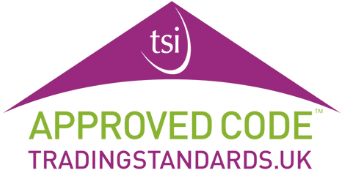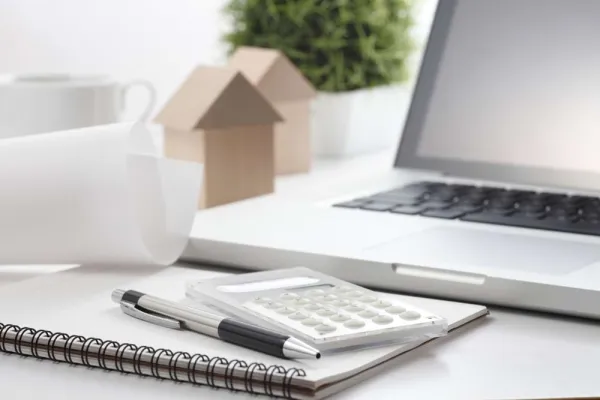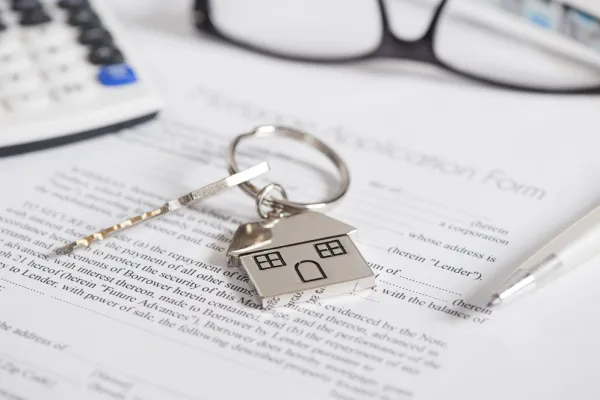Paying your tax is an essential requirement after selling a property.
For a short time, the UK government provided relief to those needing to pay Stamp Duty.
The Stamp Duty Holiday has now ended. This means people are searching for other ways to cut their taxes and reconsidering entering the property market.
Keep reading for our guide on what happens now that the holiday is over.
What was the Stamp Duty holiday?
In July 2020, the UK Government introduced a ‘Stamp Duty holiday’.
This was initially introduced as a response to the COVID-19 pandemic when many people were furloughed or lost their jobs and needed financial support.
It meant the residential stamp duty threshold was increased from £125,000 to £500,000.
Therefore, for any properties that were bought below £500,000, there was no Stamp Duty to pay.
The scheme ran until 30 September 2021 – just over fourteen months.
When the initiative was first introduced, it provided a boost to the UK housing sector, but activity slowed down after 1 June, when the programme started to wind down.
In the long term, the UK government collected less tax. This had financial applications later on because funding was reduced in other areass.
When did the Stamp Duty holiday end?
The temporary nil rate band of £500,000 was in place until 30 June 2021.
Then, from 1 July 2021 to 30 September 2021, the nil rate band was £250,000, and then returned to the standard amount of £125,000 on 1 October 2021.
Why did the Stamp Duty holiday end?
The Stamp Duty holiday was only brought in as a temporary measure and would always end.
Ultimately, the UK government missed out on all the tax payments they could have collected on house sales during that time. This reduced their tax revenue and ability to spend in other areas.
The holiday ended once the government felt confident that the property market would survive and remain strong.
What effect did the end of the Stamp Duty holiday have?
There was a dip in activity on the property market in the immediate months after the Stamp Duty Holiday ended, but this was not significant.
The end of the holiday also did not affect any first-time buyers, so this demographic continued to behave as normal.
In the years since 2021, growth in the housing market has slowed down slightly, although never completely declined.
The UK has spent most of 2024 in a recession, and people are downsizing as a result. Each of these transactions triggers a Stamp Duty payment.
Are there ways to avoid Stamp Duty?
There are plenty of scenarios when you aren’t required to pay Stamp Duty Land Tax.
An accountant or financial expert can guide you on how to achieve these. Some of the most common examples are:
- First-time buyers, up to a certain amount
- Building companies buying an individual’s home
- Employers buying an employee’s house
- Local authorities making compulsory purchases
- Charities buying for charitable purposes
Haggling your property price down as much as possible is another way to reduce your Stamp Duty payment, as the less you pay for the house, the less tax you will owe.
With newly built properties, some developers offer incentives to buyers, such as paying your Stamp Duty for you.
You should contact the developers to see if this is a facility they provide and what the terms are.
Some experts recommend paying for fixtures and fittings separately to reduce your tax bill.
You should speak to a tax expert – along with the other person involved with the transaction – to clarify how to achieve this, and then make it happen.
What are the current Stamp Duty rates?
The Stamp Duty rates in at the time of writing (May 2024) are as follows:
- £0 to £250,000 – 0%
- £250,001 to £925,000 – 5%
- £925,001 to £1.5 million – 10%
- Over £1.5 million – 12%
Remember that you only pay these rates for the portion that fits within the category.
For example, if you sell a house for £1 million, you do not pay 10% tax on the entire sum—you only pay it on the amount over £925,000.
Is now a good time to buy a house?
Even with the difficult economic conditions, property prices continue to rise on average throughout the UK.
Most property experts predict that they will continue to rise over the next few years.
If you have the funds to buy a house, it may be worth getting in there now while buyer activity is low.
When there are more sellers on the market than buyers, it gives you more negotiating power and means you could get a great deal.
Is Stamp Duty different in Scotland?
In Scotland, Stamp Duty is known as the ‘Land and Buildings Transaction Tax (LBTT)’.
There are also different rates in Scotland compared to England.
According to the Scottish government website, the LBTT rates at the time of writing are:
- £0 to £145,000 – 0%
- £145,001 to £250,000 – 2%
- £250,001 to £325,000 – 5%
- £325,001 to £750,000 – 10%
- Over £750,000 – 12%
Property prices in Scotland are very different from certain areas in England, which is why the Scottish government has slightly lower rates for this tax.
Is Stamp Duty different in Wales?
In Wales, Stamp Duty is mainly called ‘Land Transaction Tax’. Just like in Scotland, the rates at the time of writing (according to the Welsh government website) are different to the rates in England:
- £0 to £225,000 – 0%
- £225,001 to £400,000 – 6%
- £400,001 to £750,000 – 7.5%
- £750,001 to £1.5 million – 10%
- Over £1.5 million – 12%
Once again, these rates are presumably different because property prices are very different in Wales, compared to England.
Do first-time buyers pay Stamp Duty?
First-time buyers often need all the help they can get with house purchases.
In England, they don’t pay Stamp Duty on properties worth up to £425,000.
Most people in this demographic do not purchase a house above this figure, meaning that these rates are not applicable to them.
Above £425,001, first-time buyers pay 5% up to £625,000, and anything above this figure is then at the normal rate.
Is Stamp Duty payable on buy-to-let?
Buy-to-let properties have some significant differences to residential ones.
Yes, Stamp Duty is still payable on buy-to-let properties.
The rates are the same if the buy-to-let house is the only one that you own – but if it is a second property (or more), then the rates go up as follows:
- £0 to £250,000 – 3%
- £250,001 to £925,000 – 8%
- £925,001 to £1.5 million – 13%
- Over £1.5 million – 15%
These figures differ slightly in Scotland and Wales – visit the government website for more details.
If you want more guidance on Stamp Duty rates and how much you have to pay – either on buy-to-let properties or a regular residential house – then speak to a tax advisor.
















